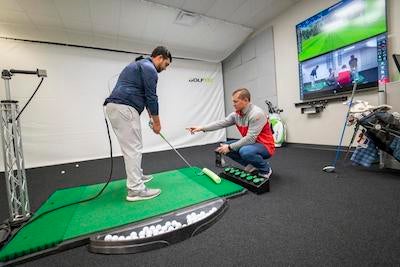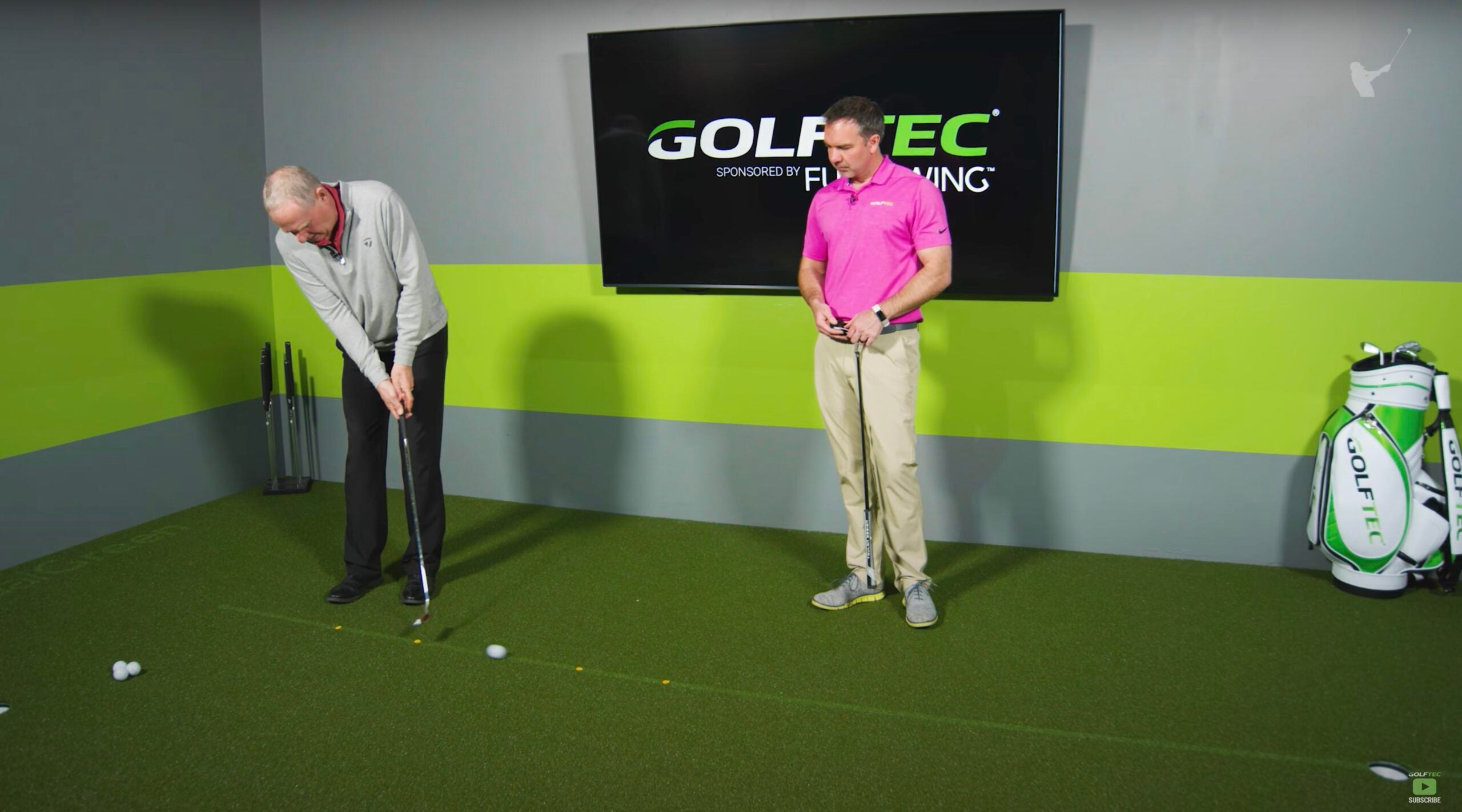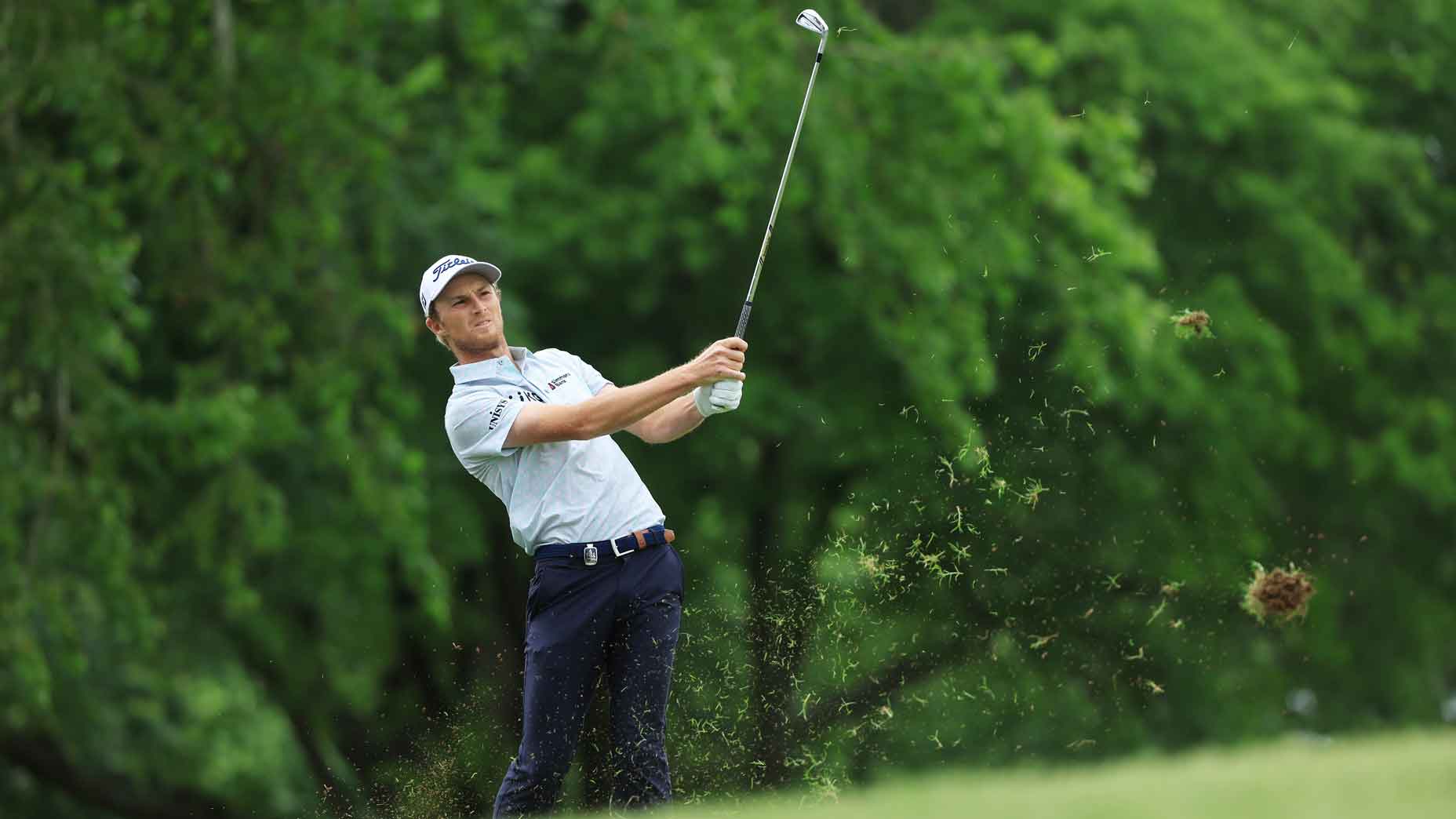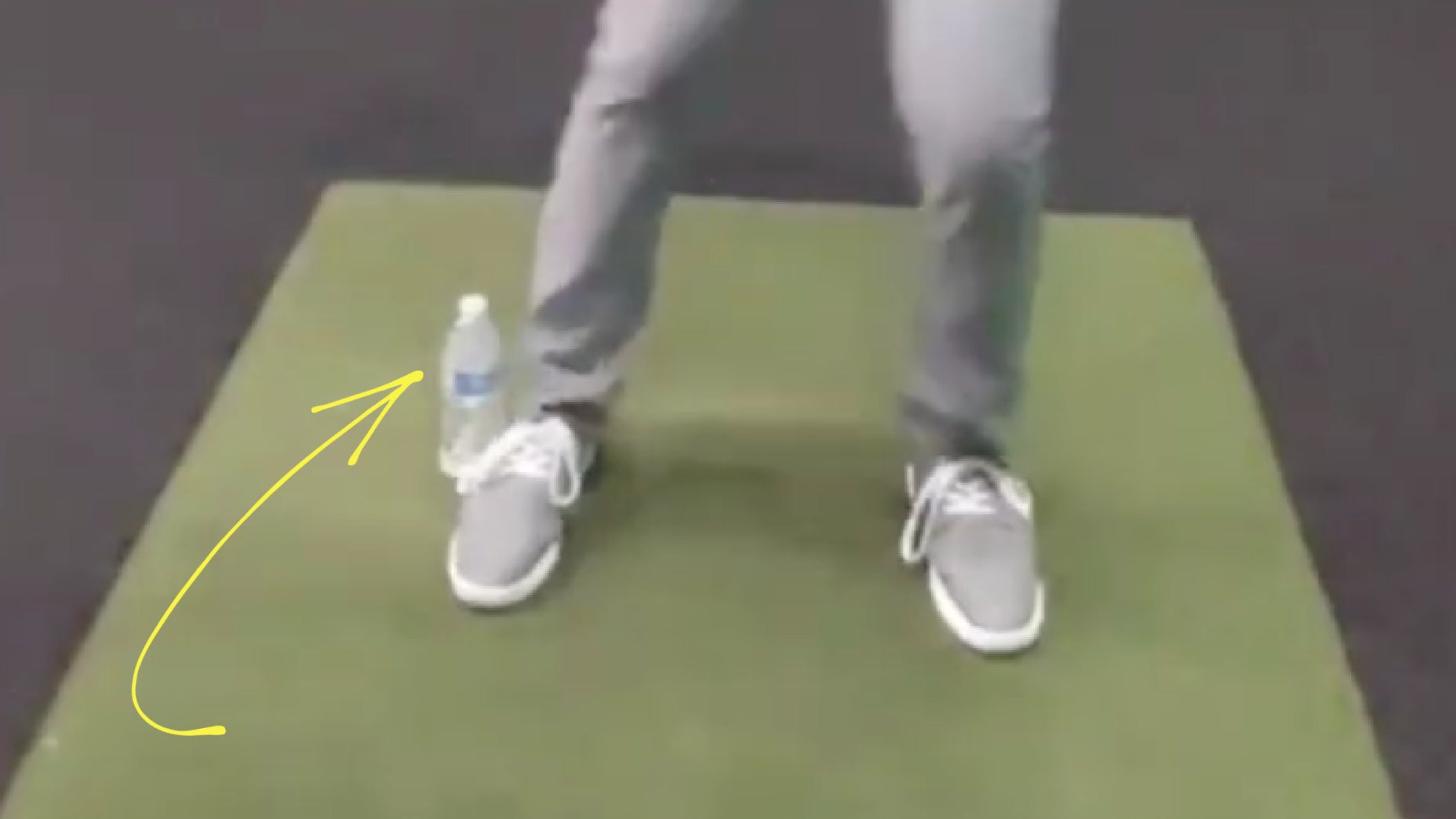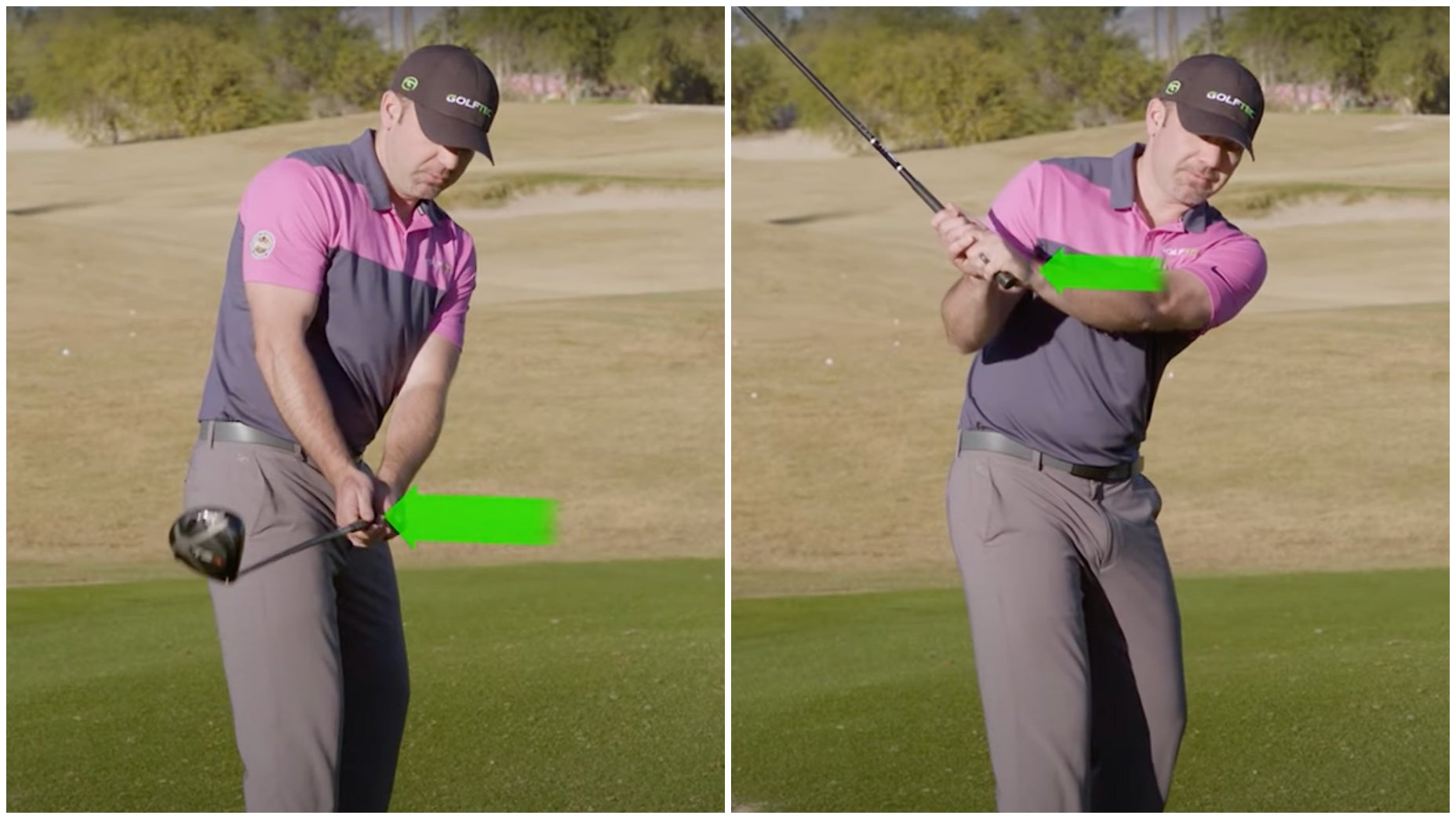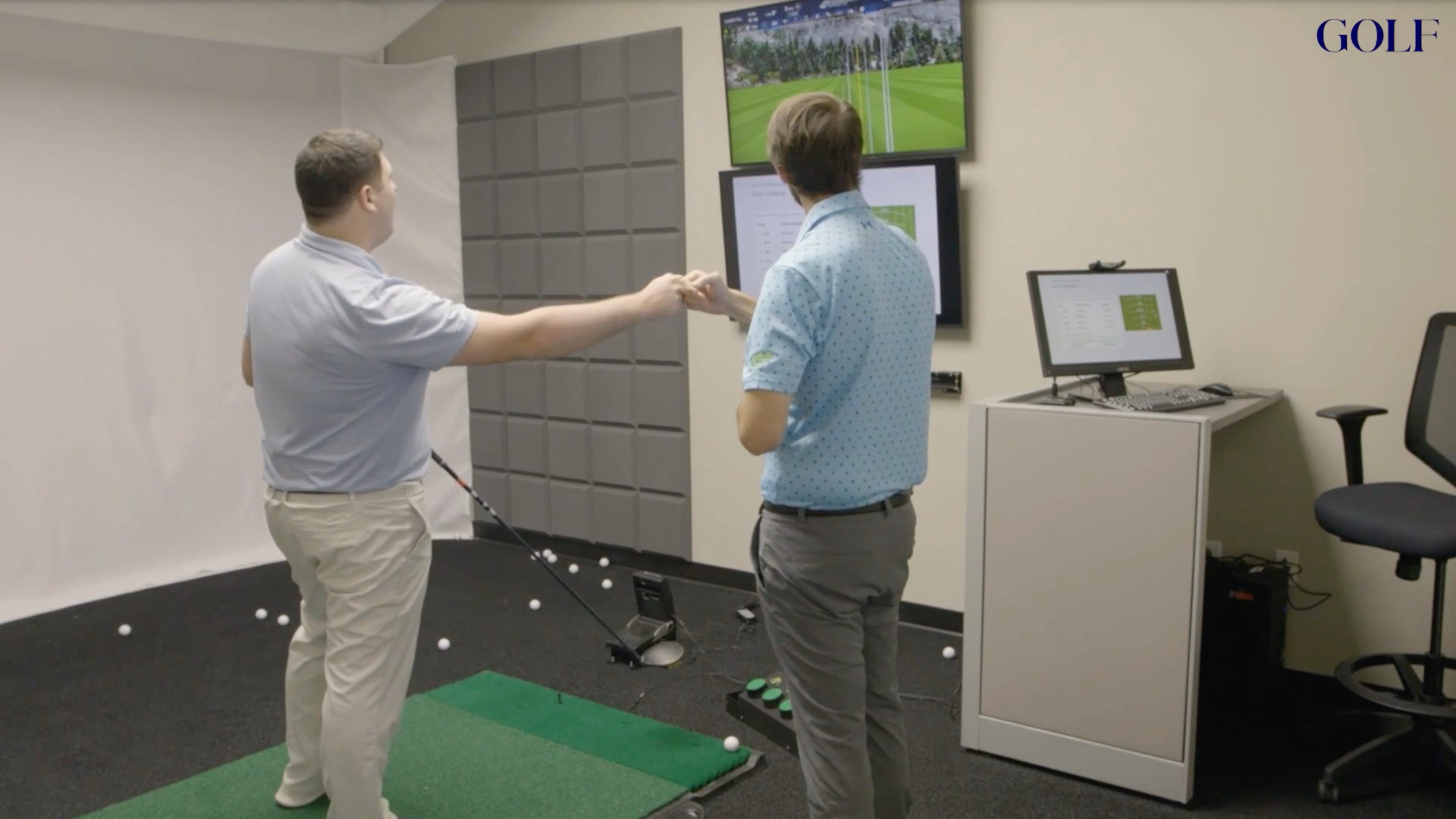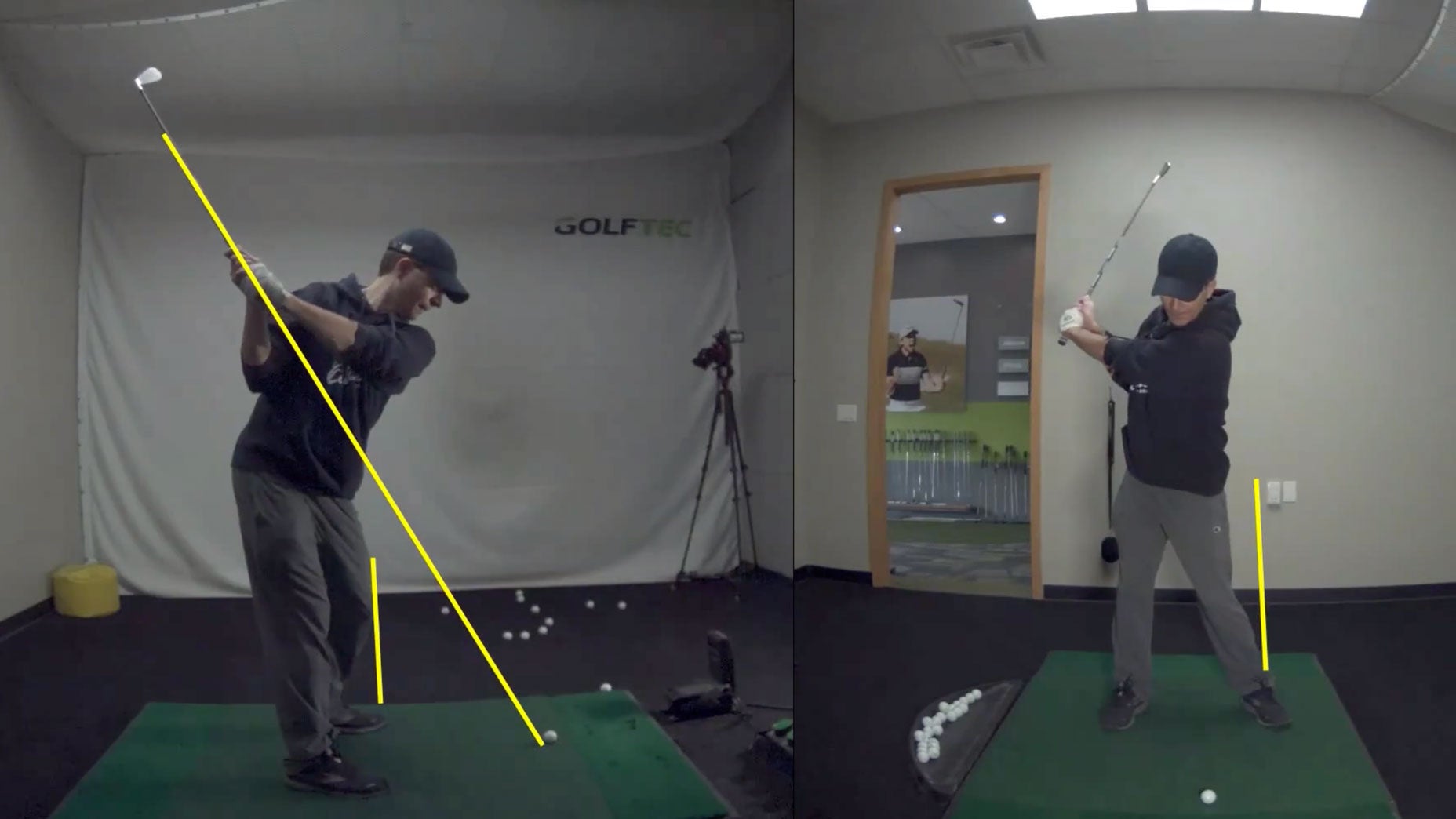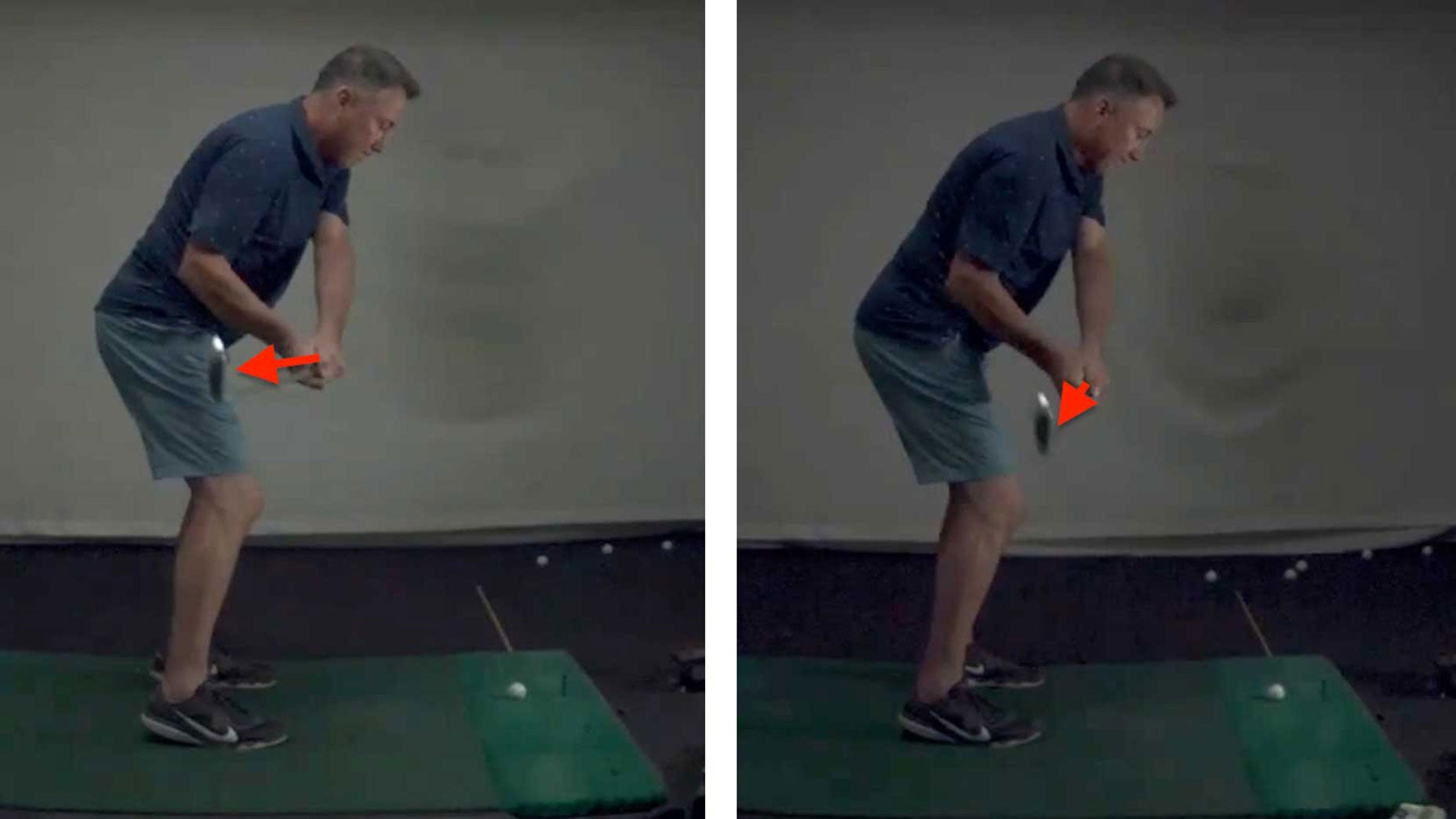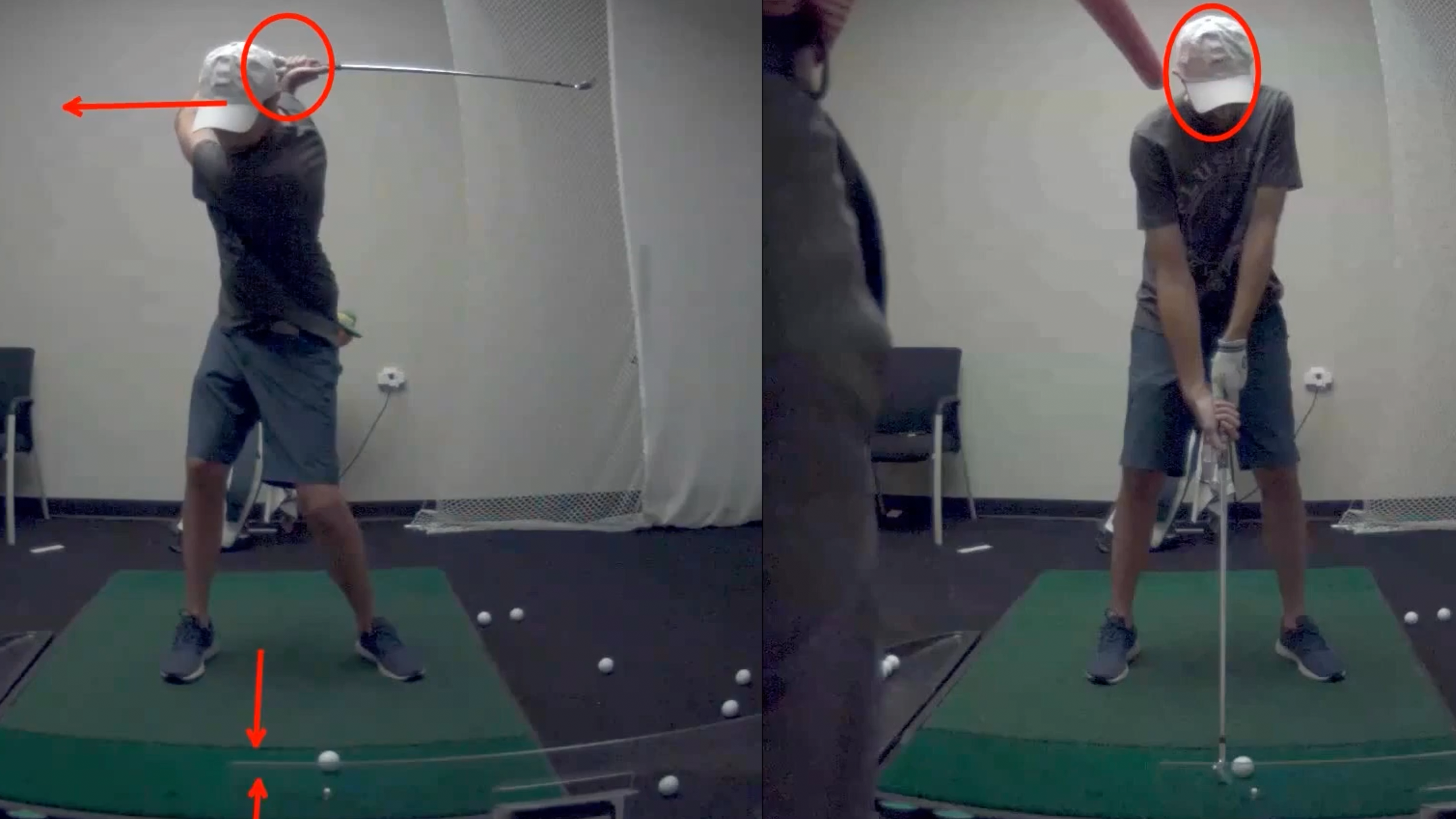The 3 biggest differences between pro and amateur golfers at impact

I’ve spent most of the past week in Colorado, visiting the HQ of our partner GOLFTEC and nerding-out at their operation which, I must say, is very cool.
GOLFTEC teaches more than a million lessons every year, and they collect data on every golfer during each of those lessons. That equates to data from millions of golf swings, which the company then compiled, analyzed, and published the results of in what it titles the “largest golf swing study ever conducted.”
What’s especially interesting about all this is that the company was able to identify a number of different swing elements that separate higher-handicaps from better players. Here, we’re going to look at a few of the differences in golfers’ impact positions. Practice each of these, and you’ll be on the road to better golf.
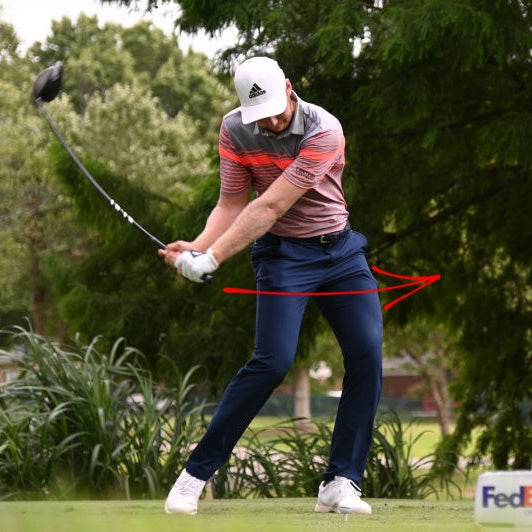
1. Pros shift their hips toward the target
One of the biggest differences between pro golfers and amateur golfers is the amount they move their hips on the downswing. Amateurs tend to be all over the place: GOLFTEC found the average 30-handicapper’s hips move about half an inch away from the target by the time they get to impact. And then there are those who overcompensate and slide way too far toward the target.
Pros and low-handicappers, by contrast, move their hips a consistent amount on the downswing: about an inch-and-a-half toward the target by the time they get to impact. That weight shift toward the target doesn’t just help them increase speed, but it also ensures they hit the ball first for better contact.
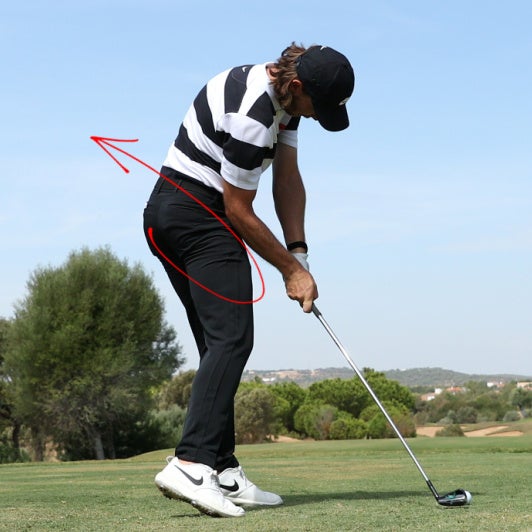
2. Pros’ hips face the target more
Have you ever seen a picture of a pro golfer and noticed how open his or her hips are at impact? On average, a pro golfer’s hips are almost 20 degrees more open to the target at impact than a 30 handicapper, according to GOLFTEC. It’s not always easy for non-professional athletes like me and you to rotate that much, but it’s super-important. It helps build your clubhead speed for more power, and it’s why you should definitely be working on improving your hip mobility.
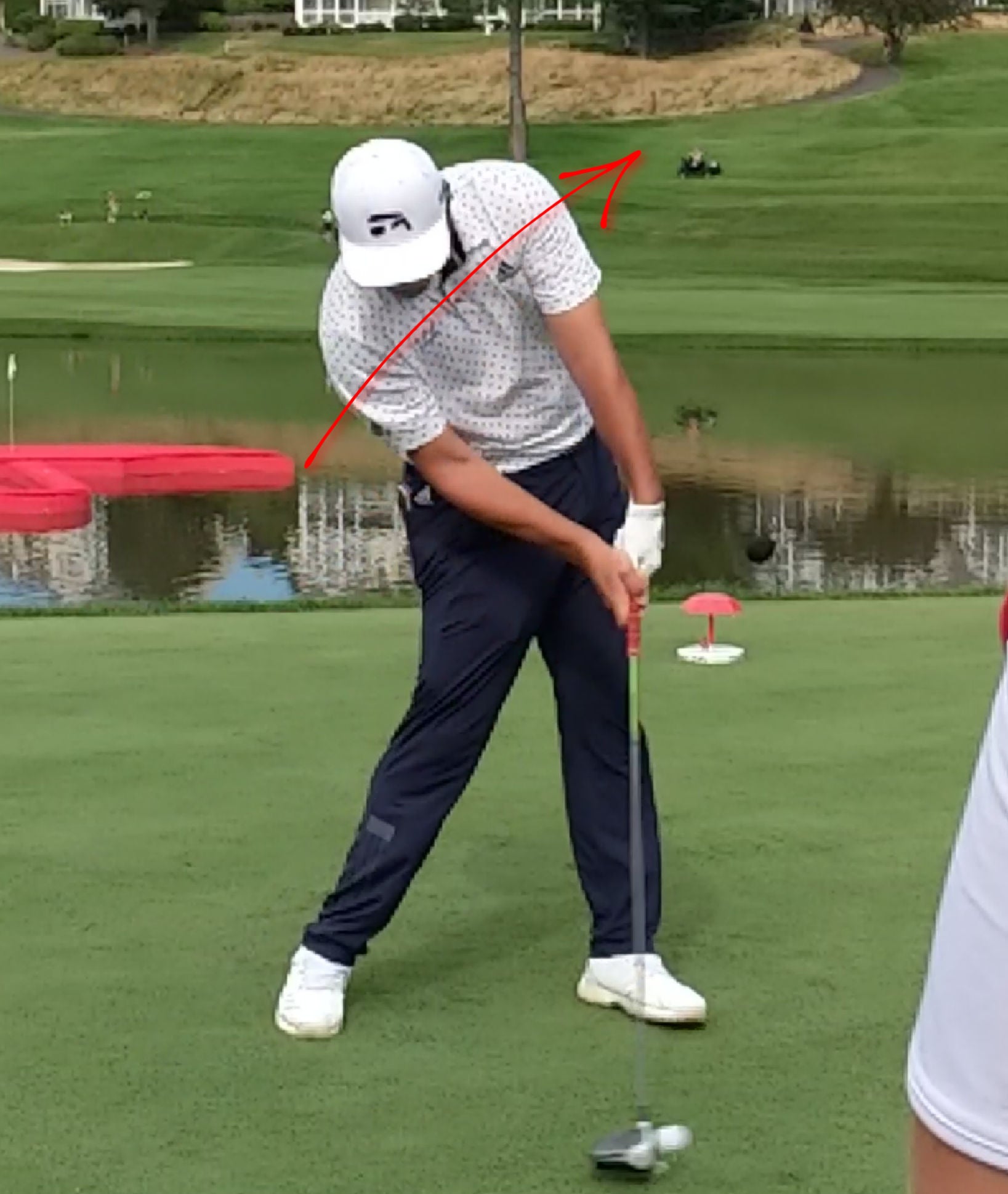
3. Pros have more shoulder tilt
Look at the picture of Jon Rahm above, and notice how much higher his left shoulder is than his right shoulder. Now, even most recreational golfers impact the ball with their left shoulder above their right, but at impact, pros have their lead shoulder even higher than their trail shoulder. Recreational golfers tend to have their shoulders more level, whereas pros have their shoulders about 39 degrees to the right at impact. This helps them hit up on the ball more, for a shallower angle-of-attack for more distance.
To learn more about your own impact position, you can book a swing evaluation here:

